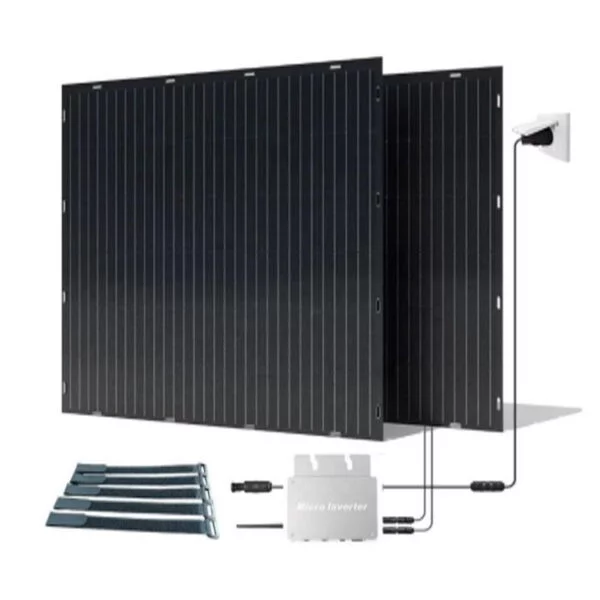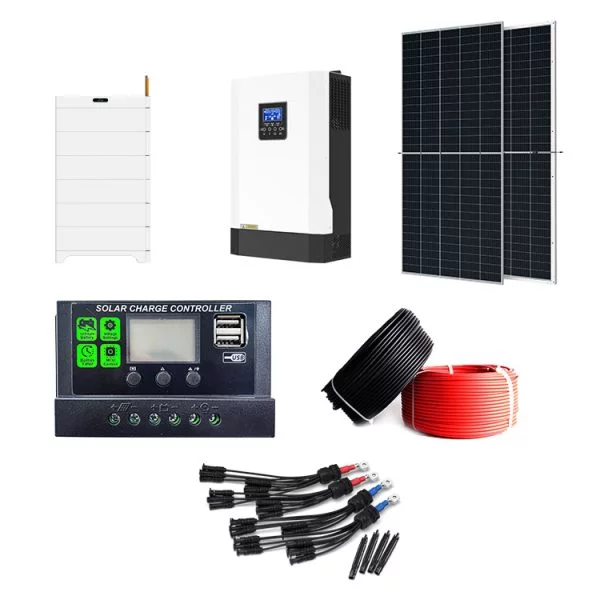HOT PRODUCT
Product Details
Flexibility Meets Energy: An Introduction To Solar Flex Panels
Flexibility Meets Energy: An Introduction To Solar Flex Panels
Solar energy has gained significant popularity in recent years as a clean and renewable power source. As we strive towards a more sustainable future, advancements in solar panel technology have paved the way for innovative solutions. One such breakthrough is the emergence of solar flex panels, which offer a unique combination of flexibility and energy efficiency. In this article, we will explore the concept of solar flex panels, their advantages, and potential applications.
Traditional solar panels are predominantly installed on fixed surfaces, such as rooftops or ground-mounted structures. While they are effective in harnessing sunlight and converting it into electricity, they lack versatility in terms of where they can be deployed. This limitation has spurred the development of solar flex panels, which are designed to be flexible and adaptable.


Flex panels are manufactured using thin-film photovoltaic technology, allowing them to be more pliable and bendable compared to their rigid counterparts. The thin-film material used typically consists of semiconductor layers, such as amorphous silicon or cadmium telluride, which can generate electricity when exposed to sunlight. The flexibility of these panels enables them to be installed on various curved or irregular surfaces, expanding the potential areas for solar energy utilization.
There are several advantages to using solar flex panels. Their flexibility makes them ideal for unconventional solar installations, such as on vehicles, boats, or backpacks, enabling portable and off-grid power generation. They can also be integrated into building materials, such as roofs or windows, seamlessly blending with the architecture and optimizing energy harvesting. Additionally, the lightweight nature of flex panels makes them easier and more cost-effective to transport and install compared to traditional solar panels.

Another significant advantage of solar flex panels is their energy efficiency. Although they may be thinner and more flexible, they still possess a high power conversion efficiency. Additionally, their design allows them to perform better in low-light conditions, providing electricity even on cloudy or overcast days. This increased efficiency and resilience ensure a consistent energy supply, regardless of the weather conditions.
The applications of solar flex panels are vast and varied. In the automotive industry, flex panels can be integrated into electric vehicles (EVs) and charging stations, providing renewable energy to power the vehicles and reduce reliance on the electrical grid. Similarly, in the marine sector, flex panels can be utilized for small boats or yachts, offering an environmentally friendly way to generate electricity while on the water.
On a larger scale, the integration of solar flex panels into infrastructure and building projects can contribute to the growth of smart cities. By utilizing these panels in urban planning, cities can capture the sun’s energy efficiently and offset their power demand, reducing carbon emissions and combating climate change. The versatility of flex panels also presents opportunities for disaster relief efforts, where portable and flexible solar power can provide crucial electricity in areas without access to the grid.
In conclusion, solar flex panels represent a significant advancement in solar technology. Their flexibility and energy efficiency open up new possibilities for renewable energy integration in various industries and applications. As we progress towards a cleaner and more sustainable future, solar flex panels offer an innovative solution that combines the benefits of solar power with adaptability. With continued research and development, we can expect even greater advancements in this field, making solar energy more accessible and ubiquitous.




